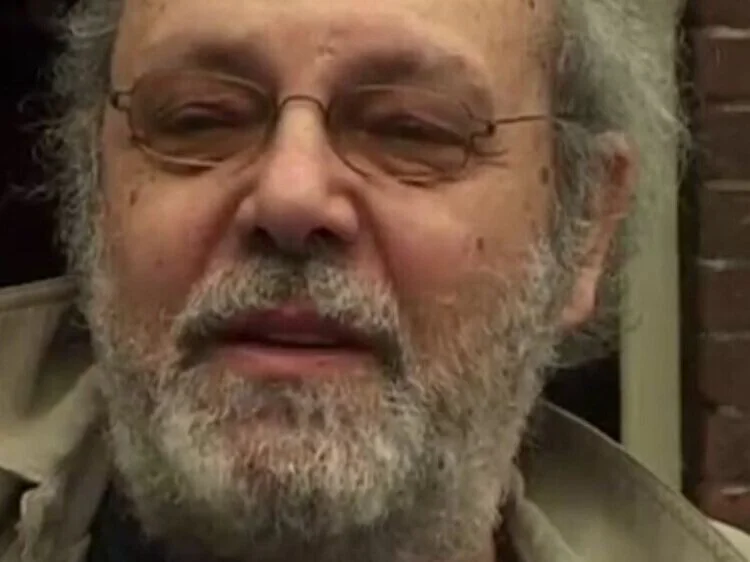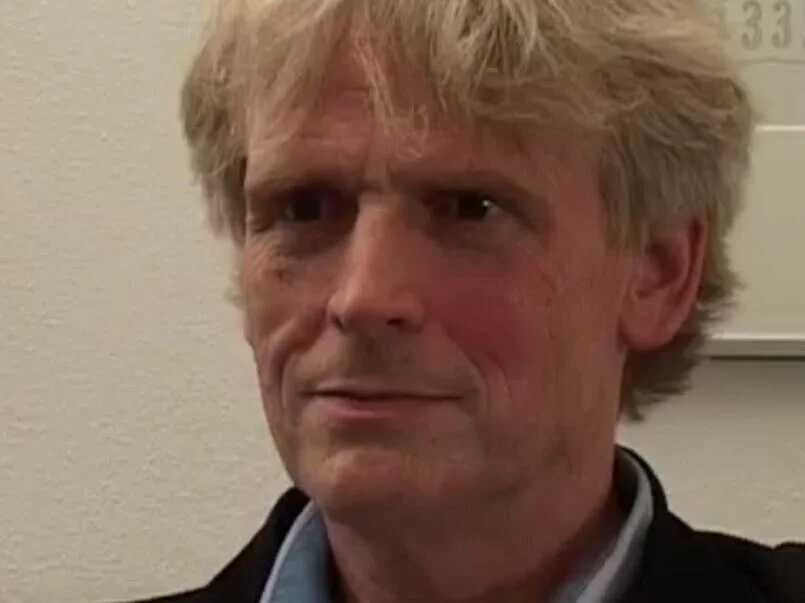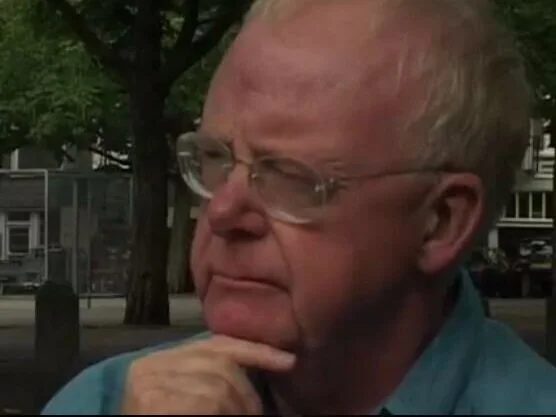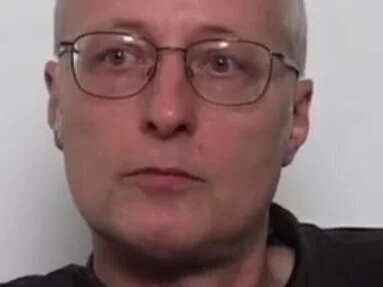de haagse school // the hague school
overview
De Haagse School (The Hague School) refers to an innovative music movement by artists from The Hague Royal Conservatory during the second half of the 20th century. The Hague School fundaments lie in the different approaches of each personality associated with it, their own style, and in this way, a connection. Through their performances and art each of them experimented discovering and breaking conventional boundaries, researching contemporary techniques and instruments. This on-going pursuit of research and experimentation is one of the key characteristic of De Haagse School. The artists explored the constructivism in relation to de-constructivism, the existence of the visual and audio-visual and their relationship. “What is striking about the usual descriptions of the Hague School is their superficiality; "superficiality" in the literal sense of the word: concerning the outside.“ (de Bondt, 2016)
de haagse school in the LOOS member area
We invite you to become a member of the private LOOS area where you can get a deeper insight into de Haagse School.
Here you will find:
booklets and articles of and by the Haagse School artists
full video interviews with the Haagse School artists from 2002
a few of de haagse school artists
Misha Mengelberg
Misha Mengelberg
Misha Mengelberg (5 June 1935 – 3 March 2017) was a Dutch jazz pianist and composer. A prominent figure in post-WWII European Jazz, Mengelberg is known for his forays into free improvisation, for bringing humor into his music, and as a leading interpreter of songs by fellow pianists Thelonious Monk and Herbie Nichols. Mengelberg played with a large variety of musicians. He often performed in a duo with fellow Dutchman Bennink, with other collaborators including Derek Bailey, Peter Brötzmann, Evan Parker, Anthony Braxton and (on the flip side of a live recording with Dolphy) his pet parrot. He was also one of the earliest exponents of the work of the once-neglected pianist Herbie Nichols. (source)
Cornelis de Bondt
Cornelis de Bondt Composer [from 1975], teacher of music theory at KC [from 1987], research, aesthetics and composition [from 2004].
Composition, research, education and political activism ultimately come together under the heading "The Technique of Beauty". The central question is "Is it possible to formulate criteria for an artistic quality judgment beyond the personal taste judgment?" This question is addressed in all facets of my practice, composition, research, text, education, political action. [Politics ”seen in a broader context: concerning the policy.]
Cornelis de Bondt
Cees van Zeeland
Cees van Zeelenad
Cees van Zeelenad studies piano at the Royal Conservatory in The Hague with Gerard Hengeveld and Janina Dacosta. Before that he made music for his own pop groups. Because of his education at the conservatory and then a few years of philosophy, his interest shifted more and more to contemporary composed music. He has been active as a pianist and composer in the group Hoketus since its foundation. He was also active in the Orkest de Volharding for ten years as a pianist, composer and later as repetiteur and conductor. He was the initiator of the Kaalslag orchestra, a one-off collaboration between Hoketus and De Volharding on the occasion of the European Year of Music. (source)
Jan Boerman
Jan Boerman studied at the Royal Conservatory of Music in The Hague, piano with Léon Orthel and, from 1945, composition with Hendrik Andriessen. As of 1956, Jan Boerman worked in the electronic studios of Delft Polytechnic, Utrecht State University and of The Hague Royal Conservatory of Music, where he has also taught electronic composition (after 1974) and piano.
Boerman has composed a number of orchestral and chamber music works; the main part of his oeuvre, however, consists of electronic music. He has been one of the few composers who persevered in composing for tape. (source)
Jan Boerman
Gerard Bouwhuis
Gerard Bouwhuis
After completing his conservatory education, Gerard Bouwhuis profiles himself as an interpreter of new, mostly twentieth-century piano works. He not only gives recitals, but is also a popular guest with many leading music companies in the Netherlands. A large number of composers, including Louis Andriessen, Cornelis de Bondt, Diderik Wagenaar, Paul Termos and Guus Janssen, have composed new works especially for him. In addition, Bouwhuis is renewing the value of live music in the dance world. Choreographer Krisztina de Châtel calls him “a living metronome with an unprecedented passion for dance in his heart, and a brilliant and compelling dynamic in his fingers”. (source)
Diderik Wagenaar
In his compositions Wagenaar strives for a synthesis of the clear, rhythmically powerful musical language of jazz and Stravinsky and the more expressive idiom of late romanticism, the Second Viennese School and Scriabin. In the 1970s, Wagenaar was part of the Hague School [..] and shared their strong preference for crystal-clear structures and music with a clear pulse. In the eighties, complexity and multi-layeredness returned to his work, including in his magnum opus 'Metrum' (1981-1984; rev. 1986). In the 1990s and after, Wagenaar's scores acquire more openness, more space for lyricism and are again clearer in structure. (source)
Diderik Wagenaar
Peter van Bergen
Peter van Bergen
Composer, improviser, interpreter, artistic researcher. His expertise is improvising and composing interdisciplinary works(acoustic, electronic, interactive using computers, with live images, in collaboration with dance and theater) in which composition and improvisation enter into a dialogue and reinforce each other. As a saxophonist and clarinetist he is an internationally sought-after improviser in free improvisation music. As an interpreter of newly composed works by other composers, many new compositions have been written for him and his ensemble LOOS, especially by composers from the The Hague School. As an artistic researcher (PhD researcher at the Free University of Brussels) he focuses on transforming unstable processes in models of improvisation / composition to environments in which people and computers work together.
Louis Andriessen
Louis Andriessen is one of Europe's most eminent and influential composers. His music combines propulsive energy, economy of material and distinctive sonorities, often dominated by pungent wind and brass, pianos and electric guitars. Works show influence of Stravinsky. Andriessen has explored, in relation to music, the subjects of politics, time, velocity, matter and mortality in five works for large ensemble: De Staat (1976), De Tijd (1981), De Snelheid (1983), De Materie (1985-88), and Trilogy of The Last Day (1996-97). His stageworks include operas Writing to Vermeer (1997-98), La Commedia (2004-08) and monodrama Anaïs Nin (2009-10). Andriessen is a central figure in Dutch contemporary arts scene. He is a winner of the 2011 Grawemeyer Award. (source)
Louis Andriessen
Gilius van Bergeijk
Gilius van Bergeijk
Until about 1985, Gilius van Bergeijk played in various leading ensembles, including the Willem Breuker Collective, the Instant Composers Pool and Orkest de Volharding. He is one of the most important Dutch practitioners of 'conceptual music'. His ideas have had a significant influence on many composers of the Hague School, including his colleagues Louis Andriessen and Martijn Padding, and on students Michel van der Aa, Richard Ayres and Huba de Graaff. "With this resident of The Hague, nothing is ever what it seems," writes Kees Polling in Trouw. 'Deconstruction' is a key concept in Van Bergeijk's work, and a large part of his modest oeuvre can therefore be seen as a commentary on examples or phenomena from music history. (source)
Huib Emmer
Huib Emmer is a versatile composer, electronics performer and guitarist. He played electric guitar for many years in Hoketus, the group around Louis Andriessen, and he was part of the LOOS ensemble. He is also a composer. Emmer writes on his website: "For composing I have always found a lot of inspiration from film, especially when it concerns the elements that also apply to music: form, timing, atmosphere." Huib Emmer's work has been performed by, among others, the Nieuw Ensemble, the Xenakis ensemble, ensemble LOOS, orchestra De Volharding, the Netherlands Wind Ensemble, the Royal Concertgebouw Orchestra and the Brabant Orchestra, and by soloists such as pianist Gerard Bouwhuis, saxophonist Peter van Bergen, singer Charles van Tassel, singer Jannie Pranger, flautist Ann La Berge and pianist Geoffrey Madge. (source)
Huib Emmer
Martijn Padding
Martijn Padding
Martijn Padding (Amsterdam, 1956) studied composition with Louis Andriessen and musicology at the University of Utrecht. He is currently professor and head of the composition department of the Royal Conservatoire in The Hague Holland. Padding has a fascination for transparency and contrast between the logical and illogical. In his work he seeks the cunning rather than grand gestures. Although his compositions often have a technical point of departure, theatrical elements become more relevant lately in his work.
Padding’s oeuvre ranges from works for solo instrument to large-scale compositions for orchestra and music theater and opera. His compositional aesthetic precludes any hierarchical relationship in music, for instance between modernist and experimental elements, influences from popular culture and history rooted doctrines. (source)
Michel van der Aa
Michel van der Aa, winner of the 2015 Johannes Vermeer Award and 2013 Grawemeyer award, is a truly multidisciplinary figure in contemporary music. A unique voice, he combines composition with film and stage direction, and script writing. Classical instruments, voices, electronic sound, actors, theatre and video are all seamless extensions of his musical vocabulary.
Van der Aa’s musical materials are hard to tease apart, constantly switching between stasis and high energy, concrete and abstract, acoustic and electronic, pure’ and processed, brand new and half-remembered. Many of them are as visual as they are aural. The possibilities of digital and audio- visual technology often feature, not as a surface gloss to his work but at the core of his artistic outlook.
Another important aspect to Van der Aa’s is collaboration and interdisciplinarity. (source)
Michel van der Aa












